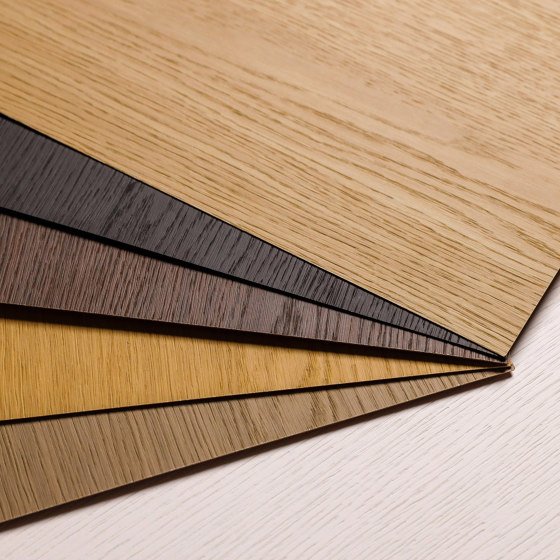The History of the Penrose Stair and its Influence on Design
The History of the Penrose Stair and its Influence on Design

Stairs in architecture are oftentimes a design focal point- the heavyhandedness in creating something that moves us from one level to the next, up and down repeatedly, something so simple and familiar with a twist is what makes the experience of traversing a stair so unique. Our obsession with stairs and the level of illusion that they create in architecture perhaps stems from the way that they’re able to twist the optics and perceptions of space. We understand that they transport us in one direction or another, but can stairs ever be circular? Is it possible to go up and down for eternity?
In 1959, Lionel and Roger Penrose, a father and son duo of mathematicians, introduced the two-dimensional concept of the Penrose stair. Essentially, the way it reads is that it takes the traveler forever in an upward loop, unable to escape or be transported back down. These stairs depict the idea of something that violates basic Euclidian geometry- if you were to complete an entire loop on the stairs, you would be back at the same level which you started.
.jpg?1652064831)
Over time, many artists, including M.C. Escher, began to use the Penrose stair as a source of inspiration in their own work centered around the idea of impossible objects and scenes. Escher famously produced Ascending and Descending, a well-known lithograph that featured people seemingly walking up and down at the same time. The stairs cross in a labyrinth-like pattern, sprouting from all directions and filled with emotionless figures walking up (or down?) in a calm procession. The stairs are drawn accurately, at a familiar scale, giving them the feeling that they exist in a believable world, but upon closer look, the stairs meet each other at impossible angles that have simultaneous orientations of gravity. Just beyond the maze of stairs are archways that peer out into a utopian world that stands in stark contrast to the confusion of the interior. The reality and the illusion of the stairs change every time you look at them.
Related Article
House of Stairs, 1951 #escher #mcescher pic.twitter.com/l8ClCUXYhs
— M.C. Escher (@artistescher) May 25, 2021
Even physicists have studied the computational properties of impossible figures like the Penrose stair, and cognitive scientists seek to understand why we see these objects as possible even when we know them not to be. Once we realize the trick that a Penrose stair plays, why don’t we immediately translate it to simple lines on a page, and why do we attempt to create this in the physical world in three-dimensional space?
.jpg?1652064453)
In the built environment, where staircases exist in a usable and occupiable way, the design of these illusional stairs and their repetitiveness is an enduring trend. While just one staircase in space offers a clear path to move from one space to the next, many stairs lead in many possible and impossible directions creating a spatial quality that allows you to see them beyond their use and become a complement to the space. Taking a look at Ricardo Boffil’s projects, notably La Muralla Roja, which features a series of interlocking stairs, platforms, and bridges to circulate between the project’s 50 apartments, uses stairs as a way to blend into the building’s overall geometry. The complex paths of movement allow a user to no longer just think of stairs as a means to get up or down, but as a way to reorient yourself within and around the project, taking advantage of the hundreds of views that offer new perspectives of the colorful residence.

Penrose stairs and Escher’s famous drawings have had a profound impact on how we not only design space but how we understand the way that a stair can add different elements of depth and illusion. Is a stair just a means of moving up? Or going down? Or are they something else?


